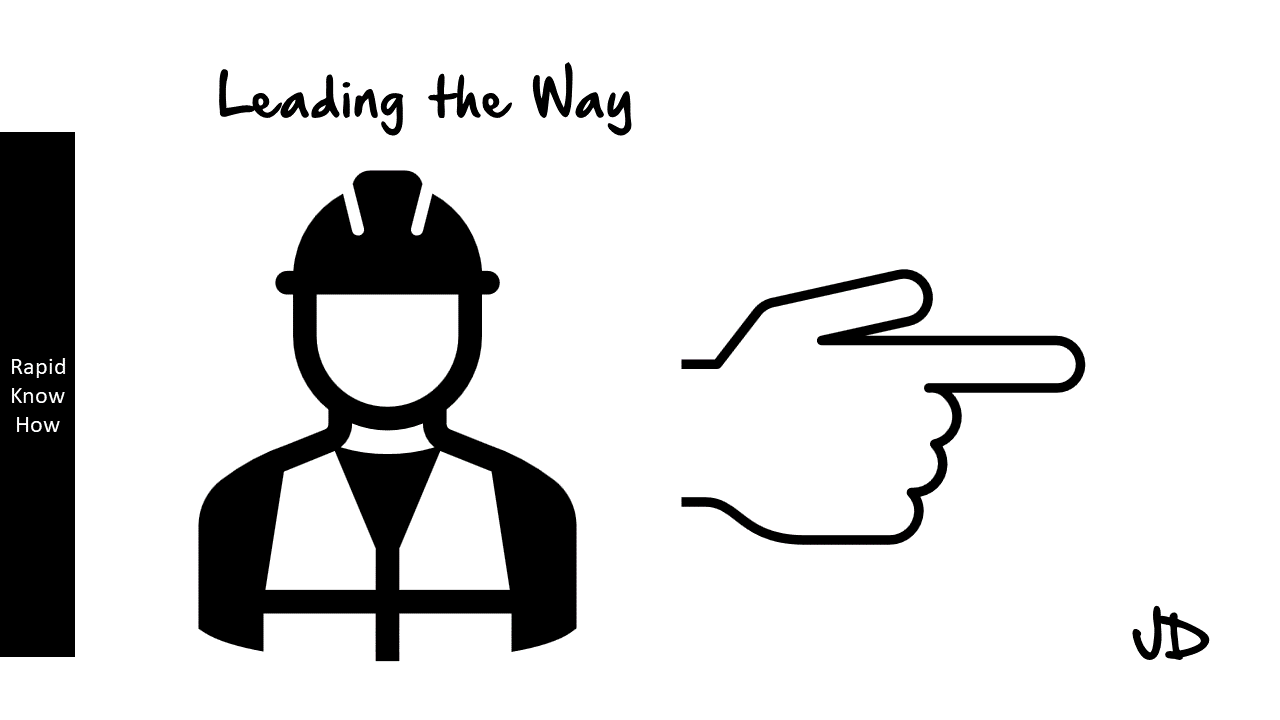Improving customer loyalty is a vital challenge for businesses looking to ensure long-term growth and sustainability. Framing and reframing this challenge can open new avenues for understanding customer relationships and lead to more effective strategies.
Here’s a structured approach to framing and reframing the challenge of improving customer loyalty.
Framing the Problem
Defining Customer Loyalty:
- What: Clarify what loyalty means for your business (e.g., repeat purchases, referrals, engagement with brand).
- Why: A common understanding helps align stakeholders on goals and objectives regarding customer loyalty.
Identifying Key Metrics:
- What: Determine the key performance indicators (KPIs) related to customer loyalty, such as Net Promoter Score (NPS), customer retention rates, and average customer lifespan.
- Why: Metrics provide objective data to assess current loyalty levels and the effectiveness of loyalty initiatives.
Understanding Customer Profiles:
- What: Analyze customer demographics, behavior, preferences, and feedback to identify the profiles of loyal versus disengaged customers.
- Why: Understanding the characteristics of your loyal customers helps tailor strategies to nurture these relationships.
Assessing Service Quality:
- What: Evaluate customer service quality and support systems to identify strengths and weaknesses in customer interactions.
- Why: Excellent service often correlates with increased customer loyalty.
Exploring Brand Perception:
- What: Investigate how customers perceive your brand compared to competitors in terms of value, quality, and trust.
- Why: Recognizing brand perception can inform marketing and engagement strategies.
Re-Framing the Problem
From Customer Retention to Customer Engagement:
- From: “We need to retain more customers.”
- To: “How can we foster deeper engagement to create meaningful experiences that encourage loyalty?”
From Rewards Programs to Relationship Building:
- From: “We need better rewards programs to increase loyalty.”
- To: “How can we create authentic relationships and emotional connections with our customers?”
From Issues as Problems to Opportunities for Improvement:
- From: “Customer complaints are damaging our loyalty.”
- To: “What can we learn from customer complaints to enhance our services and build trust?”
From Transactional to Experiential Focus:
- From: “Customers are only interested in price.”
- To: “How can we offer exceptional experiences that go beyond transactions and drive loyalty?”
From Loyalty as a Destination to Loyalty as a Journey:
- From: “We need to achieve greater customer loyalty.”
- To: “What steps can we take to nurture loyalty as a continuous journey with our customers?”
Action Steps
Enhance Customer Communication:
- Establish regular communication touchpoints through newsletters, surveys, and personalized messages to keep customers informed and engaged.
Personalize Customer Experiences:
- Leverage data analytics to offer tailored recommendations, personalized content, and exclusive offers to increase relevancy.
Develop a Customer Feedback Loop:
- Implement a system for gathering and acting on customer feedback to show that their opinions matter and lead to tangible changes.
Create Loyalty Programs:
- Design loyalty programs that offer more than discounts—consider exclusive access, personalized experiences, and community-building initiatives.
Build a Community:
- Foster a sense of belonging by creating forums, social media groups, or events where customers can engage with each other and your brand.
Invest in Training Employees:
- Provide customer service training to employees to ensure they can deliver exceptional service, enhancing overall customer experience.
Celebrate Customer Milestones:
- Acknowledge important milestones such as anniversaries, birthdays, or significant purchases to make customers feel valued.
Transparent Communication:
- Be open about changes, policies, and challenges; transparency builds trust and enhances customer loyalty.
Conclusion
By effectively framing and reframing the challenge of improving customer loyalty, businesses can shift their perspective from reactive strategies to proactive engagement. This approach encourages the development of deeper, more meaningful relationships with customers. By viewing loyalty as a journey and focusing on creating exceptional experiences and genuine connections, companies can foster lasting customer loyalty driving sustained business success.





